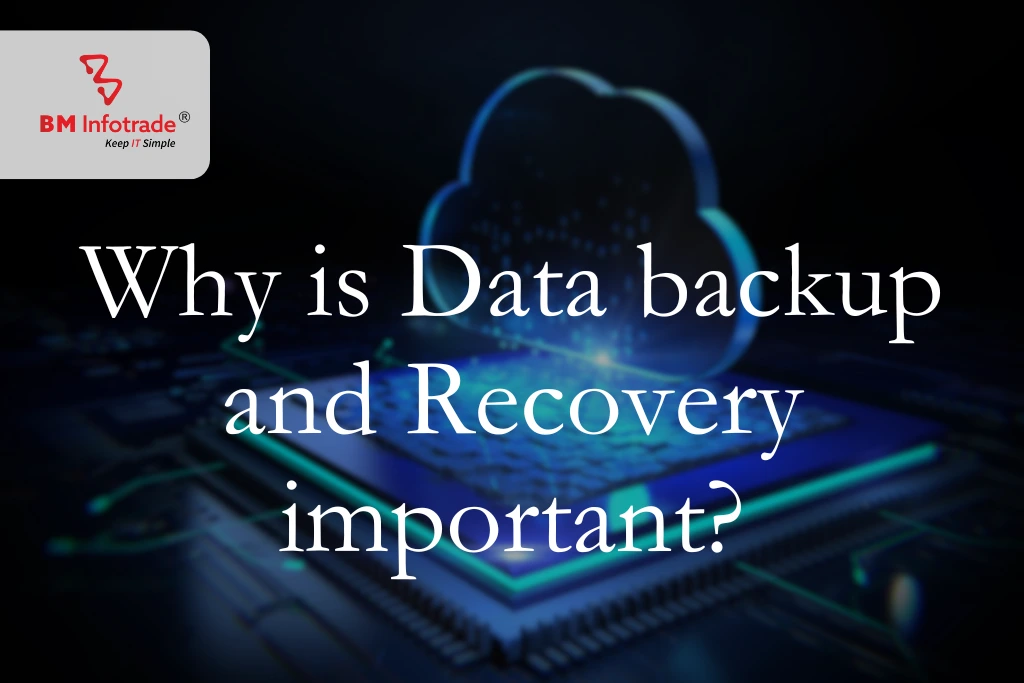Databases in the Digital Era: How They Power Business & Technology
Discover the benefits of a centralized database for gathering and managing all your data in one location, enhancing accessibility and organization

Databases in the Digital Era: How They Power Business & Technology
Table of Contents
Data: What is it?
The word "data" is derived from "datum," which means "a single piece of information." The word datum is pluralized here.
A collection of unique small units of information is referred to as data. It can be applied to text, numbers, media, bytes, and other types of data. It can be kept on paper or in an electronic memory, among other places. Data is information in computing that can be converted into a format for swift movement and processing and data is transferable.
Any kind of data can be kept, updated, and accessed using databases. On people, places, or things, they gather data. In order to be observed and examined, that data is gathered in one location. A well-organized collection of data can be thought of as a database.
What are databases used for?
Businesses use the data kept in databases to make wise business decisions. The following are some examples of database uses by organizations:
- Improve business procedures: Businesses gather information on operational procedures like sales, order processing, and customer service. To enhance these procedures, grow their business, and increase revenue, they analyze that data.
- Keep track of your clients: Databases frequently contain data on individual people, such as users' or customers' contact information. For instance, social media platforms use databases to store user data like names, email addresses, and usage patterns. The information is utilized to enhance user experience and recommend content to users.
- Private health information: Healthcare professionals use databases to safely store patient information in order to inform and enhance patient care.
- Store personal information: Information about an individual can be kept in databases. Individual users can, for instance, store media, such as photos, in a controlled cloud by using personal cloud storage.
Read More : How cyber security works and the cost of cyber security.
Databases have evolved
The database has made the transition from a flat-file system to relational and object relational systems over the course of more than 50 years. It has undergone numerous generations.
In the 1960s, databases were developed for the first time. These early databases were network models, where each record is connected to numerous primary and secondary records. Among the first models were hierarchical databases. They have tree schemas with a root directory of records connected to numerous subdirectories.
In the 1970s, relational databases were developed. The 1980s saw the emergence of object-oriented databases. We use cloud databases, NoSQL, and Structured Query Language (SQL) today.
A proliferation of databases resulted from the relational database and the development of the internet starting in the middle of the 1990s. Databases are used in a wide variety of commercial and consumer applications. 
Evolution
File-Based databases were first made available in 1968. Data was kept in a flat file in file-based databases. Files have a lot of benefits, but they also have some drawbacks. The fact that the file system has different access methods, such as sequential, indexed, and random, is one of its main advantages. It requires a significant amount of programming in a third-generation language like COBOL or BASIC.
Hierarchical Data Model
The Hierarchical Database was popular between 1968 and 1980. The first DBMS developed by IBM was a prominent hierarchical database model. IMS was its name (Information Management System). In 1995, the first Internet database application was made. Many more models, including object-oriented and object-relational models, were introduced during the relational database era.
The cloud database
You can store, manage, and retrieve structured and unstructured data using a cloud platform with the help of a cloud database. Online access to this information is available. Due to their availability as managed services, cloud databases are also known as database as a service (DBaaS). Some of the cloud options are:
AWS (Amazon Web Services), Snowflake Computing, Oracle Database Cloud Services, and Microsoft SQL server.
Benefits of databases
A service provider is not required to invest in databases. It can support and maintain one or more data centers and it has a wide range of automated procedures, including recovery, failover, and auto-scaling, are added to the database. It increased the accessibility of data at any time and from any location. The only requirement is good working internet connection and a cloud database that is accessible 24/7 from anywhere.
In conclusion, databases are a much more effective way to store and organize data than spreadsheets because they allow for a central location that can be quickly shared among numerous users and easily modified.
Read More: Database Management System: Types, Advantages, tools, and Examples.







Anshul Goyal
Group BDM at B M Infotrade | 11+ years Experience | Business Consultancy | Providing solutions in Cyber Security, Data Analytics, Cloud Computing, Digitization, Data and AI | IT Sales Leader